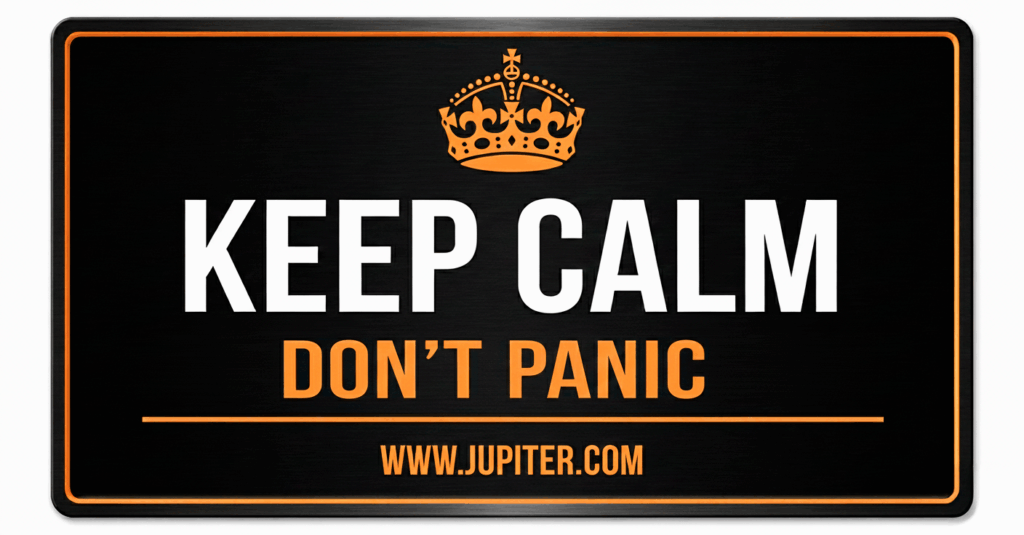MicroLED technology is transforming the display industry by offering brighter, more energy-efficient screens with outstanding color accuracy and longevity. At the core of this innovation are chip-on-board (COB) technologies, specifically COB and regular COB. While both technologies have their merits, COB stands out as the superior option for high-performance microLED displays. Let’s explore why.
What is Chip-on-Board (COB)?
COB technology involves mounting multiple LED chips directly onto a substrate or circuit board. This method allows for more compact and efficient designs, reducing the distance between individual LEDs and enhancing overall light output and thermal management.
Regular COB
In regular COB technology, LED chips are mounted on the substrate with their electrodes facing upward, and connections are made through wire bonding. This traditional method is popular due to its cost-effectiveness and established manufacturing processes.
Advantages of Regular COB:
- Cost-Effective: Traditional processes and materials are less expensive.
- Easy to Implement: Established manufacturing practices make it simpler to produce.
Disadvantages of Regular COB:
- Poor Thermal Management: Less efficient heat dissipation limits performance and can reduce the lifespan of the display.
- Size and Density Limitations: The need for wire bonding restricts how densely chips can be packed, impacting brightness and resolution.
Flip-Chip COB
Flip-chip COB technology involves mounting LED chips upside down on the substrate, allowing direct contact between the chip’s contacts and the substrate. This design eliminates the need for wire bonding, resulting in a more streamlined and efficient design.
Advantages of Flip-Chip COB:
- Superior Thermal Management: Direct contact with the substrate enhances heat dissipation, allowing the display to run cooler and more efficiently.
- Higher Packing Density: Eliminating wire bonding enables closer placement of chips, significantly improving brightness, resolution, and overall display quality.
- Increased Reliability: Fewer failure points due to the absence of wire bonds result in displays that are more robust and durable.
Disadvantages of Flip-Chip COB:
- Higher Initial Costs: More complex manufacturing processes can increase upfront costs.
- Technological Complexity: Requires advanced technology and precision in manufacturing.
Why Flip-Chip COB is Better for MicroLED Displays
The advantages of flip-chip COB technology make it the preferred choice for cutting-edge microLED displays:
- Unmatched Brightness and Efficiency: Flip-chip COB designs maximize brightness and energy efficiency due to superior thermal management and higher packing density, making them ideal for high-performance displays.
- Superior Resolution and Clarity: The ability to densely pack LEDs leads to higher resolutions and sharper images, crucial for next-generation displays that demand precision and clarity.
- Enhanced Reliability and Lifespan: Improved thermal performance and fewer failure points ensure that displays last longer and perform reliably over time, reducing maintenance costs and enhancing user satisfaction.
- Future-Proofing Displays: As technology advances, the higher initial costs of flip-chip COB are expected to decrease, making it an increasingly viable option for a wider range of applications.
Conclusion
While regular COB technology offers a cost-effective solution for current display needs, flip-chip COB is the clear leader in the microLED revolution. Its superior performance, enhanced thermal management, and higher resolution capabilities position it as the future of high-performance displays. As costs decrease and technology advances, flip-chip COB will likely dominate the display industry, paving the way for innovative and immersive visual experiences that set new standards for quality and performance.



